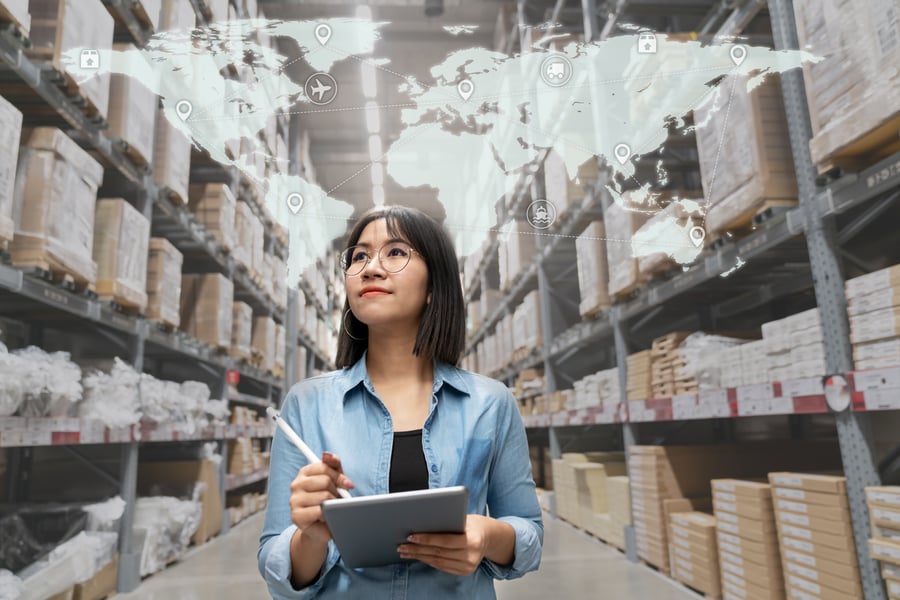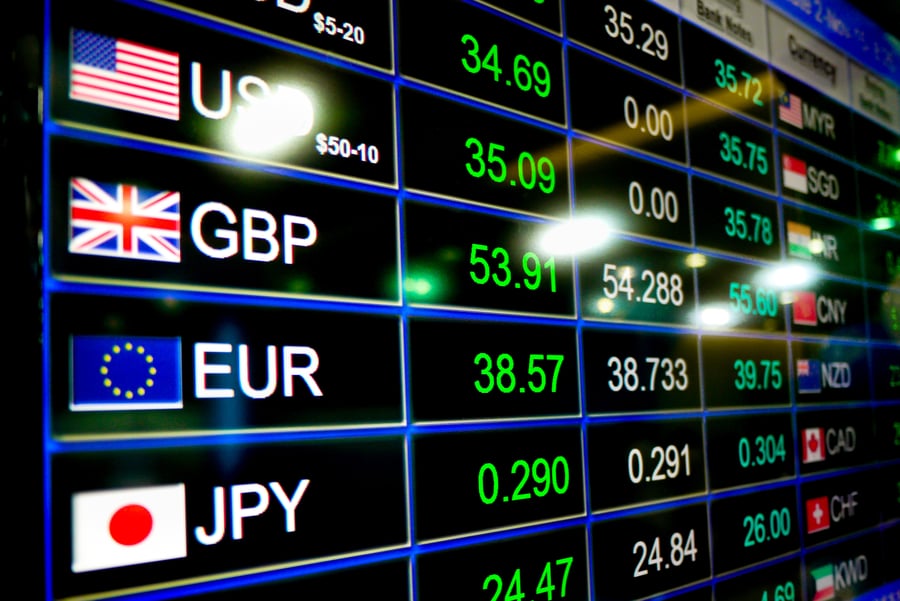A domestic currency that has experienced significant appreciation boosts the cost of exported goods and can price exporters out of global markets, which may add pressure to a country’s trade balance.
Foreign currency reserves are also a subcategory of this factor. To really be competitive in global markets, a country needs to have access to imported technology that boosts its productivity, which might be hard if foreign currency reserves are lacking.
It’s also important to consider inflation too. If inflation is massive in a country, the cost to produce a unit of a product may be higher than what it costs in a country with low inflation. This would have an effect on exports and subsequently its trade balance.
Of course, a country’s exchange rates and inflation rates can be affected by political movements, and if you have custom from an international business or rely on an international business for supplies, you may be concerned about your cash flow if their economy experiences a crash. What impact will it have on their business, and in turn yours?
This is where Creditsafe’s international business credit reports can help. Our credit reports provide you with accurate and reliable information on 365 million private and public companies all over the world. You can assess how creditworthy an international business is, and assess the likelihood of a company becoming insolvent in the next 12 months. Plus, as international credit reports have different scoring models, we provide a standardized international credit score to make understanding a company’s creditworthiness easier.
Over 200,000 users around the world use our international business credit reports to make 450,000 confident credit decisions every day.



